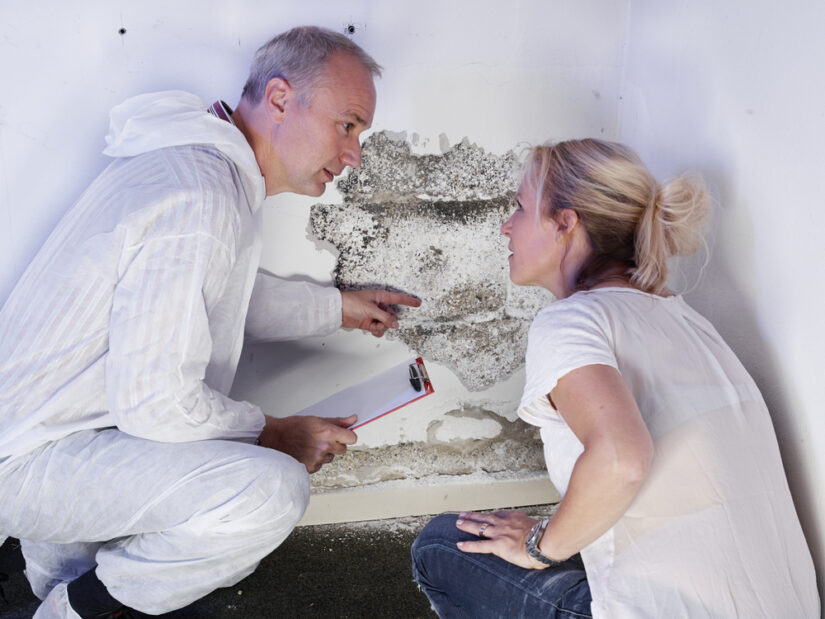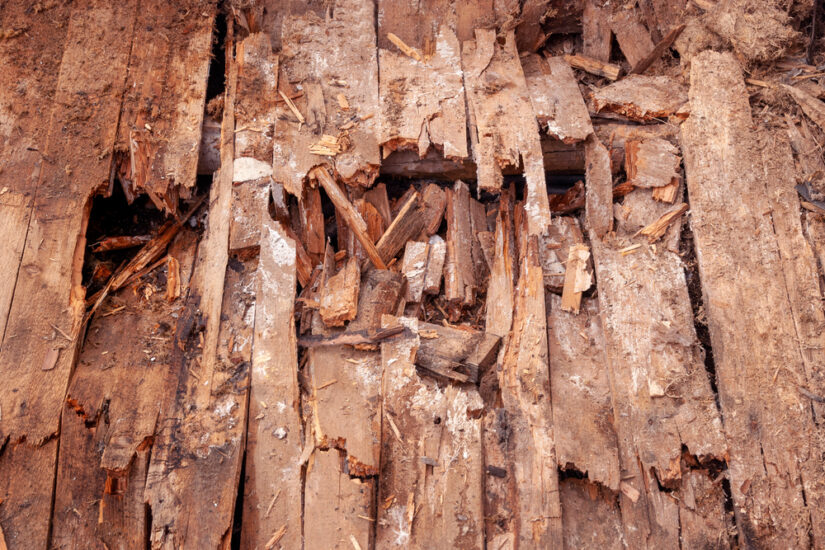
Mold is a common concern in various environments, whether in homes or commercial spaces. Under ideal conditions, mold can start to grow within 24 to 48 hours. Understanding the factors that influence mold growth can help individuals take proactive measures to prevent infestations and protect their health.
Several elements contribute to mold development, including moisture, temperature, and the presence of organic materials. When these conditions align, mold spores can thrive and proliferate rapidly. Awareness of how quickly mold can spread empowers individuals to act swiftly in case of water damage or humidity issues.
By exploring the specifics of mold growth, readers can gain valuable insights into identifying risks and implementing effective prevention strategies. Knowledge about the timeline and conditions for mold expansion is essential for maintaining a safe and healthy living or working environment.
Understanding Mold Growth
Mold growth depends significantly on environmental conditions and follows specific stages of development. Identifying these factors helps in understanding how and when mold may proliferate.
Environmental Conditions and Mold Proliferation
Mold thrives in certain environmental conditions. The primary factors include:
- Moisture: High humidity or water leaks provide the necessary moisture for mold.
- Temperature: Most molds prefer temperatures between 77°F to 86°F (25°C to 30°C).
- Organic Material: Mold feeds on organic substances such as wood, drywall, and fabric.
In addition, poor ventilation can trap moisture, creating an ideal setting for growth. Spaces like basements and bathrooms are particularly vulnerable due to high humidity and limited airflow.
Stages of Mold Development
Mold growth progresses through identifiable stages:
- Spore Germination: Spores become active in moist conditions.
- Hyphal Growth: Filaments called hyphae grow, spreading through the substrate.
- Mature Mold: Eventually, visible mold appears.
This process can happen rapidly, often within 24 to 48 hours under favorable conditions. Each stage is crucial for understanding how quickly mold can become a problem in both residential and commercial settings.
Timeline of Mold Formation
Mold can begin to grow rapidly under optimal conditions. In general, it takes 24 to 48 hours for mold spores to start developing after moisture is introduced. Several conditions influence mold growth:
- Temperature: Mold thrives in warm environments, typically between 60°F and 80°F.
- Humidity: Levels above 60% create a favorable atmosphere for spores.
- Nutrients: Organic materials like wood, drywall, and food can foster quicker growth.
Once favorable conditions are established, mold can show visible signs within 2 to 10 days. Early signs often include discoloration on surfaces.
If moisture continues to persist, mold colonies can expand rapidly. In as little as two weeks, a small patch can evolve into a significant problem. The following are some key timeframes for mold growth that you should be aware of:
- 24-48 hours: Initial growth starts.
- 2-10 days: Visible mold may appear.
- 2 weeks: Colonies can grow substantially.
Timely intervention is essential to manage mold before it spreads extensively. Regular checks in high-risk areas can help prevent long-term issues.
Mold in the Household
Mold can thrive in various household environments, impacting both property and health. Identifying high-risk areas and understanding health implications are crucial in managing mold growth effectively.
High-Risk Areas for Mold
Common household areas that are prone to mold growth include the following:
- Bathrooms: The combination of moisture and warmth creates an ideal environment.
- Kitchens: Food spills and steam from cooking can contribute to mold presence.
- Basements: High humidity and poor ventilation make basements particularly vulnerable.
- Attics: Poor insulation and roof leaks can foster mold development.
Regular monitoring and maintenance in these areas can significantly reduce the risk of mold proliferation.
Health Implications of Mold
Exposure to mold can lead to a range of health issues. Common symptoms include:
- Respiratory Problems: Mold spores can trigger allergies, asthma, and other respiratory conditions.
- Skin Irritations: Contact with mold can cause rashes or skin irritation.
- Tiredness and Headaches: Prolonged exposure may contribute to chronic fatigue and headaches.
Individuals with pre-existing health issues, such as asthma or weakened immune systems, are especially at risk.
How Got Rot’s Services Address Mold Issues
Got Rot provides specialized services to tackle mold problems effectively. Our approach includes:
- Inspection and Assessment: A thorough examination of the property to identify mold presence and the extent of damage.
- Remediation Process: Utilizes safe, effective methods to remove mold from various surfaces.
- Post-Remediation Testing: Ensures that mold levels are reduced to safe standards.
With these services, Got Rot helps homeowners manage and prevent mold-related issues, promoting a healthier living environment.

Prevention and Remediation Strategies
Preventing mold growth is essential for maintaining a healthy environment. Key strategies include controlling moisture, ensuring proper ventilation, and addressing leaks promptly.
Moisture Control:
- Keep indoor humidity levels below 60%.
- Use dehumidifiers in damp areas.
Ventilation:
- Ensure adequate airflow in basements, attics, and bathrooms.
- Install exhaust fans in kitchens and bathrooms.
Addressing Water Damage:
- Fix leaks immediately.
- Replace water-damaged materials like drywall and carpet.
Mold-Resistant Products:
- Use mold-resistant paints and drywall.
- Consider mold inhibitors for finishes.
Regular Cleaning:
- Clean and dry areas prone to mold regularly.
- Use vinegar or specialized cleaning solutions to clean visible mold.
For remediation, it is crucial to identify and eliminate mold quickly. The steps for remediation include the following:
- Assess the extent of the growth.
- Contain the affected area to prevent spores from spreading.
- Wear protective gear, such as gloves and masks.
- Remove affected materials if necessary.
- Clean surfaces with an appropriate cleaning solution.
- Ensure that the area is dried thoroughly.
These strategies can significantly reduce the risk of mold proliferation and maintain a healthier living space.